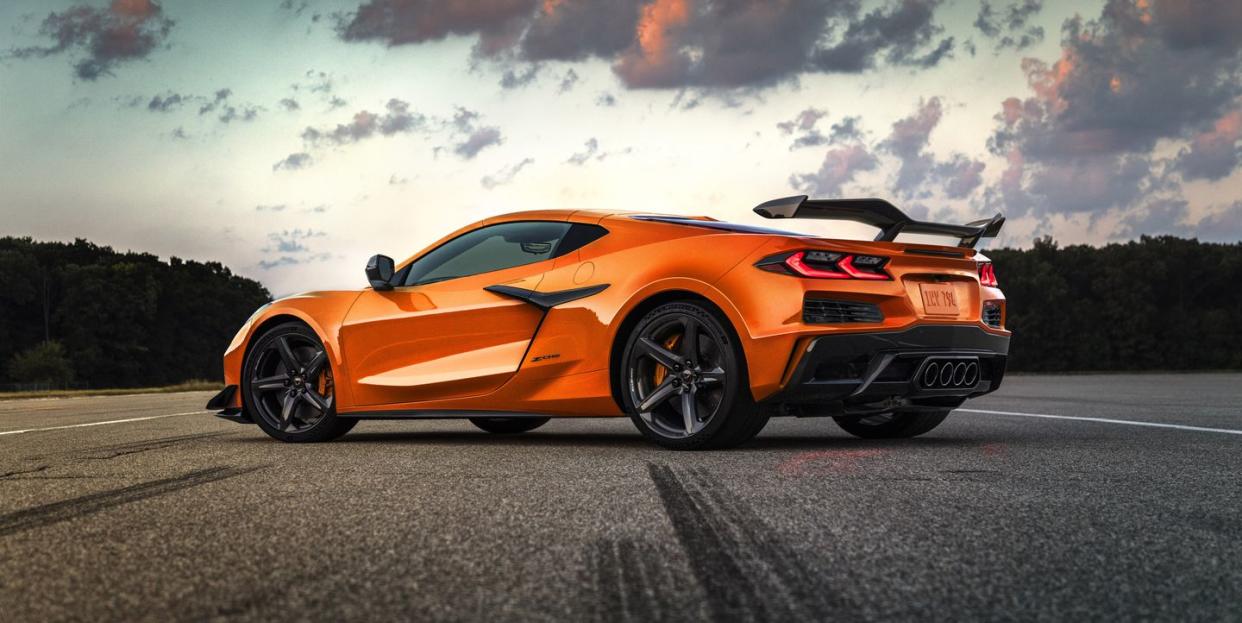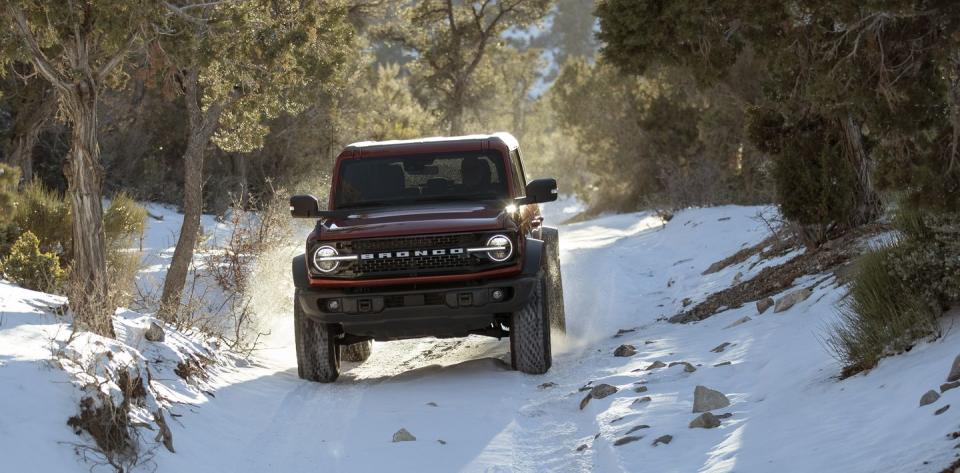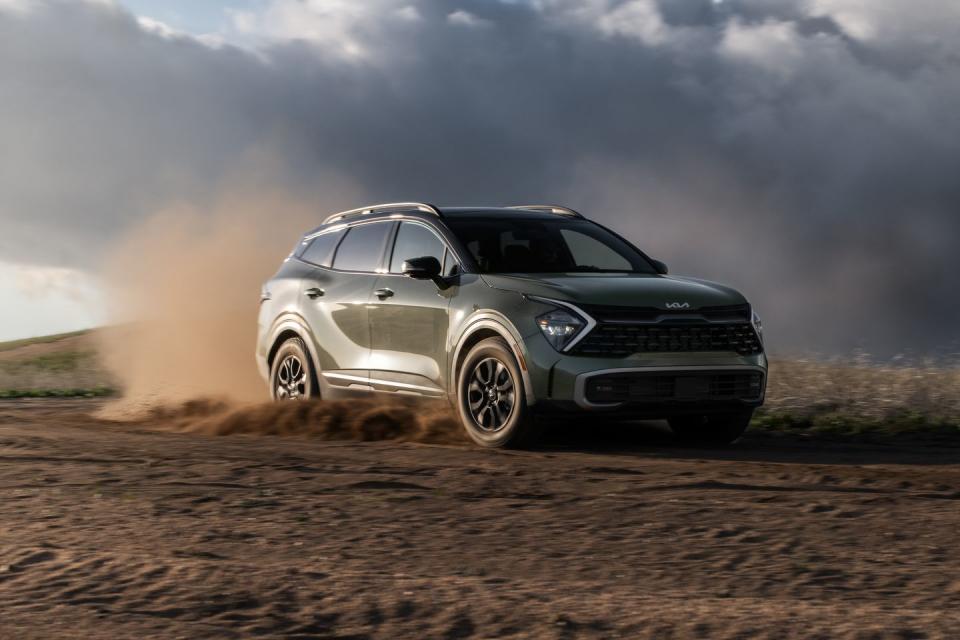Still a Sellers’ Market, Even as New Vehicle Sales Fall in the First Half of ‘22

General Motors returned to top of the sales list for the first half of 2022 after slipping behind Toyota for all of 2021 and the first quarter of this year.
Ford is expected to hold onto the third spot when it releases its sales figures after the July 4th weekend.
Across the board, sales are down more than 19% compared with the first half of 2021.
Car and light truck sales fell again in United States for the first half of 2022, with the computer chip shortage continuing to hamper the supply of most any model you try to purchase. Some automakers reported second-quarter sales figures and year-to-date totals on July 1, with others, including third-place Ford Motor Company, waiting until after the July 4 weekend. Automotive News says that when the dust settles, sales will be down more than 19% compared with the first half of 2021.
After slipping behind Toyota Motor North America in all of 2021 and the first quarter of 2022, General Motors has reclaimed first-place in sales, with second-quarter sales propelling it past its rival for the entire half-year, and says it’s delaying delivery to the second half on another 95,000 vehicles or so awaiting parts clogged in the supply chain. Ford Motor Company was expected to hold onto third place, according to Cox Automotive, which in late June lowered its auto sales expectations for the year. Cox now forecasts US sales for 2022 will total 14.4 million vehicles, down from its earlier forecast of 15.3 million vehicles.

That’s quite a “new normal” change from calendar sales of more than 17 million each year from 2015 to 2018, dropping to just under 17 million for 2019.
Compare the revised forecast with 2020, a year in which the first three months’ sales were close to the 17-million annual rate but fell to just 14.5 million annually by the end of the year. Even 2021 was better than 2022’s prospects, with 14.9 million sold (per statista.com).
This hasn’t hurt profits at major automakers, though. GM, for example, reported $36 billion in gross sales for the first quarter of ‘22, up from $32.5 billion for Q1 ‘21. Automakers are using up their valuable chips on higher-profit models first, and the average transaction price, which hovered around $38,000 before the pandemic is now above $46,000.
Inventories range from below 20-days’ supply at Kia and Honda (with Toyota just above 20 days) to 75 days’ supply at Volvo and about 76 days at Ram dealers, nearly the old normal of 80 days’ supply and well above the current industry average of about 35 days.

Stellantis has done a good job of managing the chip shortage among its most popular models, says Cox Automotive Executive Analyst Michelle Krebs. But as gasoline hovers around $5 per gallon and diesel sells for $6-plus, it might be a good time for Stellantis to divert some chips away from Ram.
“We are seeing shoppers looking at all things smaller—smaller trucks, smaller SUVs, and smaller cars,” Krebs says. Meanwhile, EV sales reached 5.3% market share in the first quarter, she said, and it’s expected to remain at least at 5% for the year. Compare that with 2020, when EVs accounted for a then-record 1.8%, according to IHS Market.
Here’s a snapshot of first-half 2022 sales for the 10 largest automakers in the U.S.:

Share your thoughts in the comments below.

